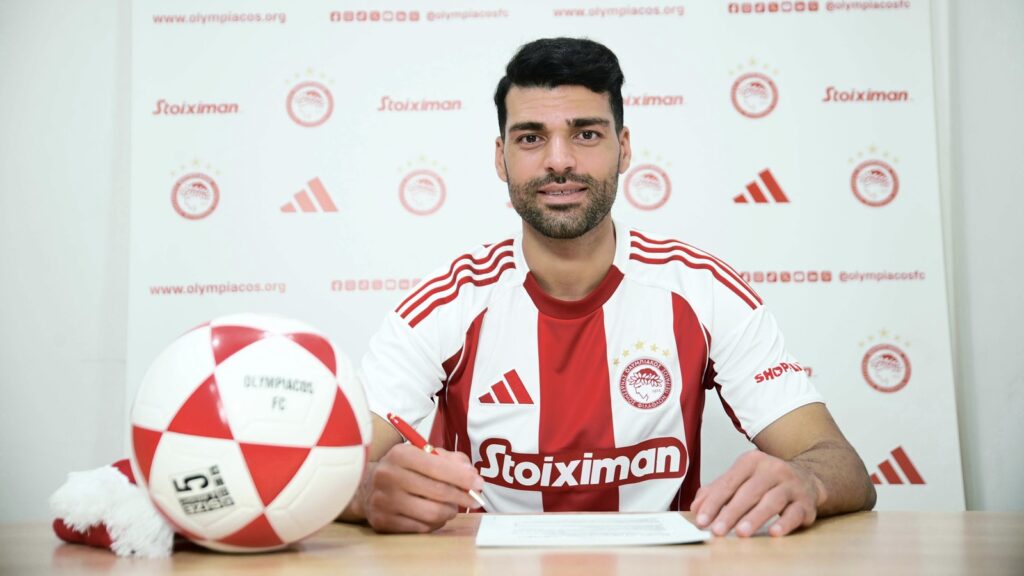With the summer transfer window now shut, it seems like the right time to decode one aspect of the entire system – Loan moves. Unlike permanent transfers, loan moves are basically a temporary move where a player joins another club for a short duration. In such transfers, a player’s salary might be paid by the club they are joining, or in some cases, the parent club will share the salary burden.
Loaning players is a method to support player development. Young players or fringe players move out on loan to develop their game and get some minutes under their belt. As seen in the recently shut transfer window, Tottenham signed Randal Kolo Muani from PSG at the 11th hour. Juventus, the club he was previously loaned to, had failed to agree terms with his parent club for a permanent transfer. There are many permutations and combinations regarding loan transfers, which we will break down below.
What are Loan Transfers?
In a nutshell, a loan move is an arrangement that benefits both the player and the club for a short period of time. There are several reasons why clubs send players out on loan. It could either be to develop young players or to give them more playing time.
For example, Dani Carvajal has won 27 major titles with Real Madrid, but before becoming a world-class player, he was sent out on loan to Bayer Leverkusen. He spent a year in the Bundesliga before returning to Spain and conquering it all.
Harry Kane, Jamie Vardy, and Zlatan Ibrahimovic were all loaned out by their parent clubs at some stage of their careers before they became world-class footballers.
Pros & Cons of Loan Transfers
Loan moves not only help in the development of young players, but they also help clubs offload fringe players and save their salary costs. Clubs often use loans to add backup players and add more depth to their rosters.
Players seek loan moves to gain exposure and increase their playing time when they join a new club. However, when a permanent transfer cannot be arranged, loan moves can be a short-term solution, as seen in Kolo Muani’s case.
However, players don’t always thrive when they join a team on loan. Sometimes players can find it difficult to adapt to a new setup, a change in environment, or a change in tactics under a new coach.
Philippe Coutinho, for example, failed to shine at Barcelona, and his loan spell to Aston Villa further showed that his best days were behind him.
Another downside of loan transfers is that some players get stuck in a loop. They are loaned multiple times without getting enough chances at their parent clubs. For example, Andros Townsend was loaned out to nine different clubs by Tottenham before he turned 21.
Duration of Loan Transfers
A typical loan transfer will be for a year; players can also be loaned for six months, meaning between one window to the next. However, there have also been instances where players are sent out on loan for multiple seasons. James Rodriguez was loaned to Bayern Munich by Real Madrid from 2017 to 2019.
Bayern didn’t activate the clause to sign James permanently, and he returned to Real before leaving Los Blancos in 2020. In case a player performs very well, parent clubs may also end the loan move prematurely and recall their player, but there are certain legalities in play.
Different Types of Loan Clauses
When it comes to loan transfers, there are many different conditions, aka ‘clauses’, which dictate the conditions of the loan. Some popular clauses are mentioned below:
- Player wages clause: Often, when a player is sent out on loan, their salaries are covered by the club they are joining. However, in some cases, parent clubs are also forced to pay a part of the player’s salary.
- Option to buy/mandatory purchase clause: While loaning a player, the parent club may allow a permanent transfer after the completion of the loan. There are also mandatory clauses, wherein the buying club will have to permanently sign a player after his loan.
- There are also clauses where the parent club wants their player to play a certain fixed number of matches while they are on loan.
- Certain clauses also prevent a player on loan from playing against their parent club.
FIFA has a mandate that clubs may not have more than six players loaned out and six players loaned in at any one time. This rule is to ensure clubs cannot stockpile talent, and so that smaller clubs won’t rely on loan moves entirely for their squad composition.
How do loan transfers impact a player?
First and foremost, loan transfers help players become more flexible and gain exposure as they spend more time on the pitch. A young player or a fringe player will only benefit from game time.
Often players are deployed in different positions from their traditional roles, which helps them become a more complete player. Mohamed Salah spent two seasons on loan with Fiorentina and AS Roma before joining the latter permanently.
He was able to unleash his full potential at Roma before arriving at Liverpool and dominating the Premier League.
How Loan moves Benefit Clubs
Therefore, loan transfers not only benefit young players, but they are also a temporary fix for many clubs. It helps clubs sign players on a ‘short-term’ approach, which is particularly beneficial for clubs that do not have deep pockets.
A loan move can help fringe players rediscover their form, or it can help a club get rid of an unwanted or disgruntled player, until a permanent sale is arranged. Transfers are complicated; there’s a lot of money involved.
Not every club can afford a flop transfer, and thus, loan moves help smaller clubs take a punt on a certain footballer. For the bigger clubs, loans help regulate player sales and player development.
